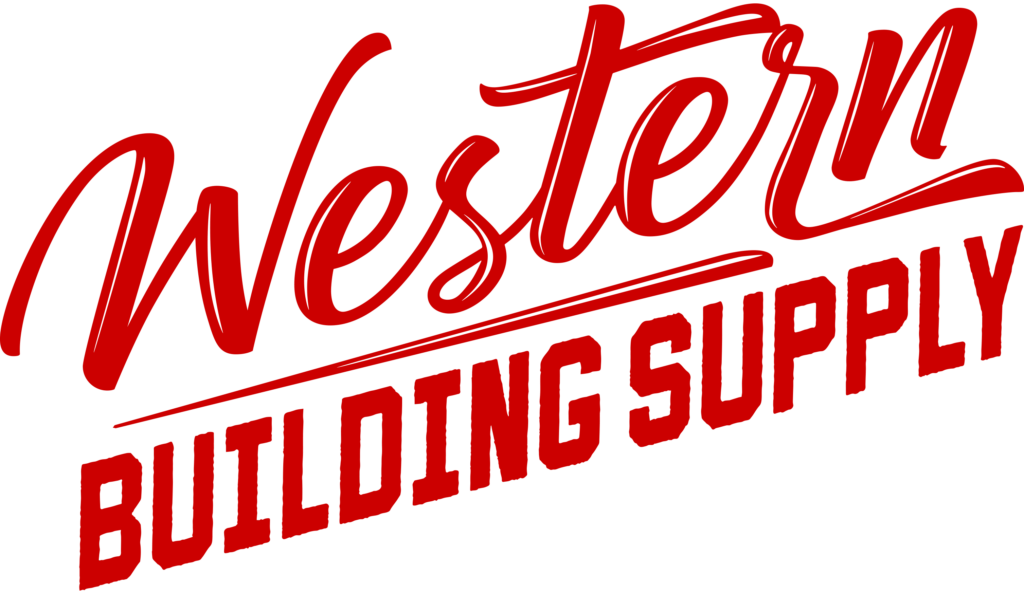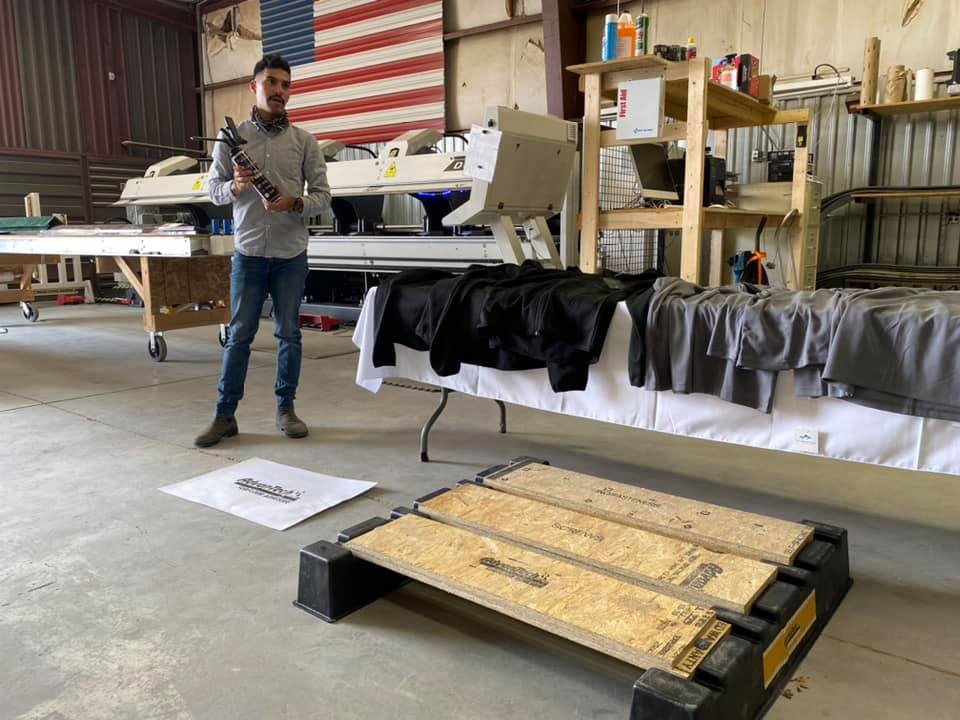Whether you’re tackling a small renovation, or constructing an entire house, the type of lumber you choose is the determining factor in how your project turns out. Arrive at the lumberyard without first researching the grade, density, and grain of wood needed for the job, and you may just leave empty-handed and confused. To ensure you pick building materials like a master, here’s a list of things to consider when purchasing lumber.
Hardwood or Softwood
There are two types of lumber – hardwood, and softwood. Hardwoods are from deciduous trees (birch, mahogany, oak, walnut.) Softwoods are from evergreen conifer trees (cedar, fir, pine, spruce.) Hardwood is more expensive and typically used to make furniture, cabinetry, and floors. Softwood is used in construction and is often pressure-treated to maintain its integrity in ground contact situations.
Grades and Classification
All trees are not created equal, so to ensure you’re working with the right wood for the job, quality is controlled by national regulations.
The American Softwood Lumber Standard splits softwoods into two categories, Dimensional (used in construction) and Remanufacture (raw materials used for other products.) Dimensional wood is graded on strength, while remanufacture boards are graded on appearance.
There are two primary grades – Finish which only applies to lumber from Douglass Firs and Hem-Firs – and Select, used for all Western softwood trees. The grades are followed by subgrades (A, B, C, and D) indicating the level of defects.
Hardwood grading is less complex than the system for softwoods and is regulated by the National Hardwood Lumber Association. Grading is determined by the defects in the wood and falls into one of four categories, FAS (Firsts and Seconds,) Select, No. 1 Common, and No. 2 Common
Moisture
While quality is determined by grade, another crucial stat is the moisture content of the wood when it was turned into lumber. Wood shrinks as it dries, a fact to consider when choosing your timber. Moisture content is listed as S-GRN, S-Dry, MC15/KD15, or KDHT.
Defects
All wood has defects, (either manmade or from Mother Nature.) Some defects merely alter the way the lumber looks, while others affect the structural integrity. It’s important to understand the five types of defects so you can choose the wood you’re willing to work with:
- Conversion – defects resulting from processing, like through improper sawing.
- Fungus – usually caused by hot air and high humidity.
- Improper seasoning – results from lumber drying unevenly.
- Insects – think termites and carpenter ants.
- Natural forces – abnormal tree growth.
The Stamp
Fortunately, everything above can be easily determined by looking at the lumber stamp:

Cut
The way the lumber is cut from a log determines its appearance and performance, so it’s important to choose the right one for the project:
- Plain-sawn or flat-sawn – cuts the log through the center. It’s the most common method and leaves a cathedral peak pattern in the grain.
- Quarter-sawn – the log is quartered then cut along the axis of the wedge. This cut creates robust boards with speckled, ribbon patterned grain.
- Rift-sawn – cuts the log along the radius creating identical patterns in each board. This cut produces the sturdiest (and most expensive) lumber.
Size
Sizing lumber for the job at hand is important for cost and design considerations. Improperly sized lumber can lead to failure, code violations, or budget overages.
Type
Depending on the job, you’ll need to know which type of wood you need. Here are a few of the most popular:
Pressure-treated – outdoor projects need protection from the elements. Chemicals in pressure-treated wood seal out fungus and bugs but make it prone to warping. Be prepared for routine maintenance to address swelling, decay, and moisture retention.
Plywood – structural panel wood is strong and durable and most often used in flooring and framing. Another form of panel wood is called oriented strand board, which is typically less expensive and more sustainable than plywood.
Composite decking – not completely natural, composite is a mixture of plastic and wood fibers. It’s stronger than wood (though not as pretty) and requires considerably less maintenance.
Here at Western Building Supply, we are happy to help you select the right kind of lumber for your needs…and we are open for business. Come on by!





